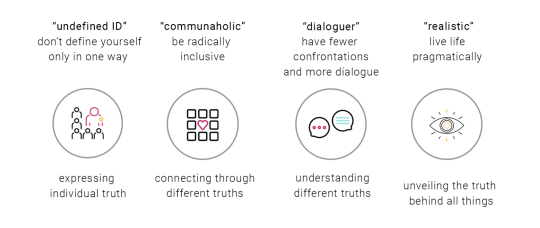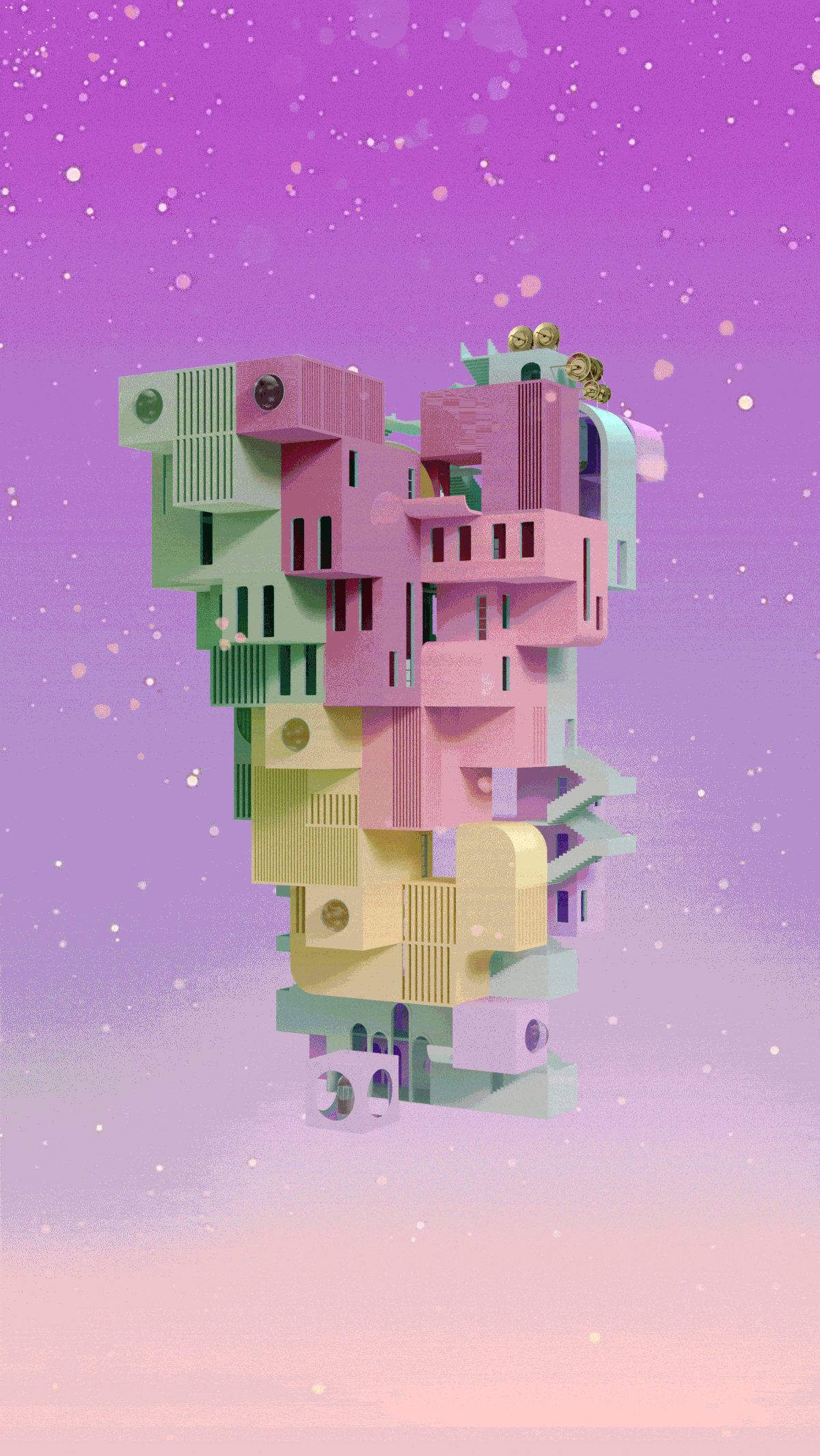Game of Life Athens Edition
- Joanne Spyridi, Christina Zafeiriou Chatzikiriakou
- Dec 2, 2020
- 3 min read
Updated: Dec 11, 2020
Diploma Thesis
Students: Joanne Spyridi, Christina Zafeiriou Chatzikiriakou
Academic: Aristotle University of Thessaloniki (AUTH)
Date: September 2019
Supervisor: Stavros Vergopoulos
Summary
GAME OF LIFE ATHENS EDITION
A VIRTUAL REALITY EXPERIENCE OF KNOWLEDGE AND INFORMATION
Long before the global pandemic COVID 2019 made online education essentially relevant me and my partner had the idea of a virtual reality experience of knowledge and information. Recent developments in digital technology and communication require a new and critical appraisal of new optical imaging methods related to architectural production. Recent advances in digital technology and communication have necessitated the concept of new methods of visual image construction, as they relate to architectural production. Digital methods, primarily software appropriated from the entertainment and industrial design sectors, have destabilized the essential connection of the architectural image-object we as architects have been studying until now.
Evolutionary form-generating software has transformed the architectural image into event and performance, either by understanding architecture as the epigenesis of spatial conditions, or by the object being conceptualized as the actualization of built-up potentials. As a result, new developments have pressed architects to recognize new forms of public interaction. Inevitably, architects began designing and giving form to this provisional territory.
With our thesis project we are trying to introduce a new kind of design, one that visualizes emotions and experiences in place of simple spatial explorations. The result was a virtual reality meeting place, that has been designed with an interactive algorithm whose purpose is to unite and bring together ideas and people with similar concerns, so that they can interact, gain feedback and work, in an inspiring environment. We focused on creating a new tool inspired by the anxieties we are experiencing as members of Generation Z. Our goal was to understand how the views of the younger generation could affect the wider population, design, and behavior of people in general. This conceptual ground describes not only a way of thinking, but also a way of producing space and architecture.
Log in, are you a watcher or a player?
The Model

The derivative of our hypothesis was the creation of a digital environment, directly linked to the reality we are experiencing - as an extension of it - that manages the diversity of behaviors and connections between people who coexist within a generation. A survey was carried out in specific neighborhoods of Athens where there was intense activity and innovation-oriented concerns, and activities related to improving social life were selected via social, environmental and economic criteria. Accordingly, the "building program" was implemented with the spatial requirements that formed the basis of the design.
Our geometry consists of 14 levels (generations) that have evolved according to Conway’s game of life rule. The paths that form the geometry of the Game are produced by an equation, an algorithm that allows it to evolve with every new event and innovation. One has to have a live and active neighbor in order to evolve in the next level. The algorithm continues to evolve as long as the equation is viable and the users are intrigued to take action.
Typologies
There is a choice of learning, workshops and design spaces that are separated into 3 categories each -individual, group and open space options. Each different combination of the clusters creates a region that tackles a similar theme with different initiatives, so similar ideas can have feedback and evolve.
Every region is color coded and can communicate both vertically and horizontally, whereas the different regions have common ground in the conference space that has the shape of a dome and the purpose of connecting and communicating different ideas.
Virtual Reality
Our idea takes shape and dimension as a digital reality model that exists within a selected cloud - in our case we used Google Drive - which accesses the model by scanning the QR CODE. ENTER-PLAY-BE PART OF THE EXPERIENCE

Pavilion

Users can acquire a virtual space within this model, where they are able to cultivate their idea in specially designed rooms that vary upon request and contain digital reality tools. Although this user experience can be lived everywhere, as long as the application is installed on the users’ mobile phone, for the convenience of users but also for their socialization, special pavilions have been designed. The pavilion areas include special digital reality rooms, with the necessary equipment and a moving corridor that allows every visitor to navigate the model wearing special digital reality glasses. Additionally, they have media, such as 3D printers, that serve to build the prototypes created within the model. Finally inside the pavilions there are small screens through which visitors can watch the events, be inspired and perhaps be encouraged to take part in the action, implementing a new idea.
QR Code to Blog











































Comments